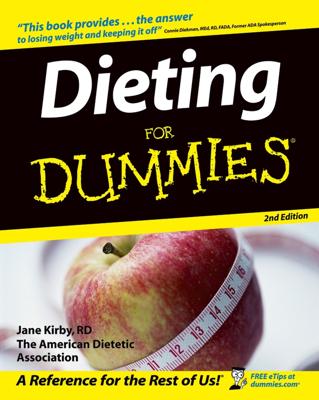Your body mass index (BMI) is a way of relating your height and weight to estimate how fat you are. You can use a simple formula to determine your BMI.

If you’re in the mood to pull out your calculator, follow these steps to determine your BMI:
Multiply your height in inches times your height in inches.
Divide your weight by the number you arrived at in Step 1.
Multiply the number you came up with in Step 2 by 705.
The result is your BMI.
So what does your BMI mean? The National Institutes of Health (NIH) has issued the following BMI guidelines:
BMI of 19 or below: You’re considered underweight.
BMI between 19 and 24.9: You’re in the healthy range.
BMI between 25 and 29.9: You’re considered overweight.
BMI of 30 or greater: You’re considered obese.
People with a BMI of 25 or above are considered at higher risk for heart disease, stroke, hypertension, diabetes, gallbladder disease, cancer, and death. But these guidelines are controversial.
Even members of the government panel that issued the guidelines believe that setting the low point for overweight at a BMI of 25 is somewhat arbitrary. Keep in mind that BMI, like body-fat percentage, is only one factor in assessing your health. Also know that BMI measurements for extremely muscular athletes and pregnant women are not very accurate.
You may wonder: If BMI has so many limitations, why mention it? Because it’s the simplest way — no fees, no equipment, and no schlepping to the health club — of estimating whether you may be in the overweight ballpark.
To calculate your BMI, multiply your height in inches times your height in inches. Then, divide your weight by that number. Finally, multiply that result by 705. People with a BMI of 25 or above are considered at higher risk for many health issues.

